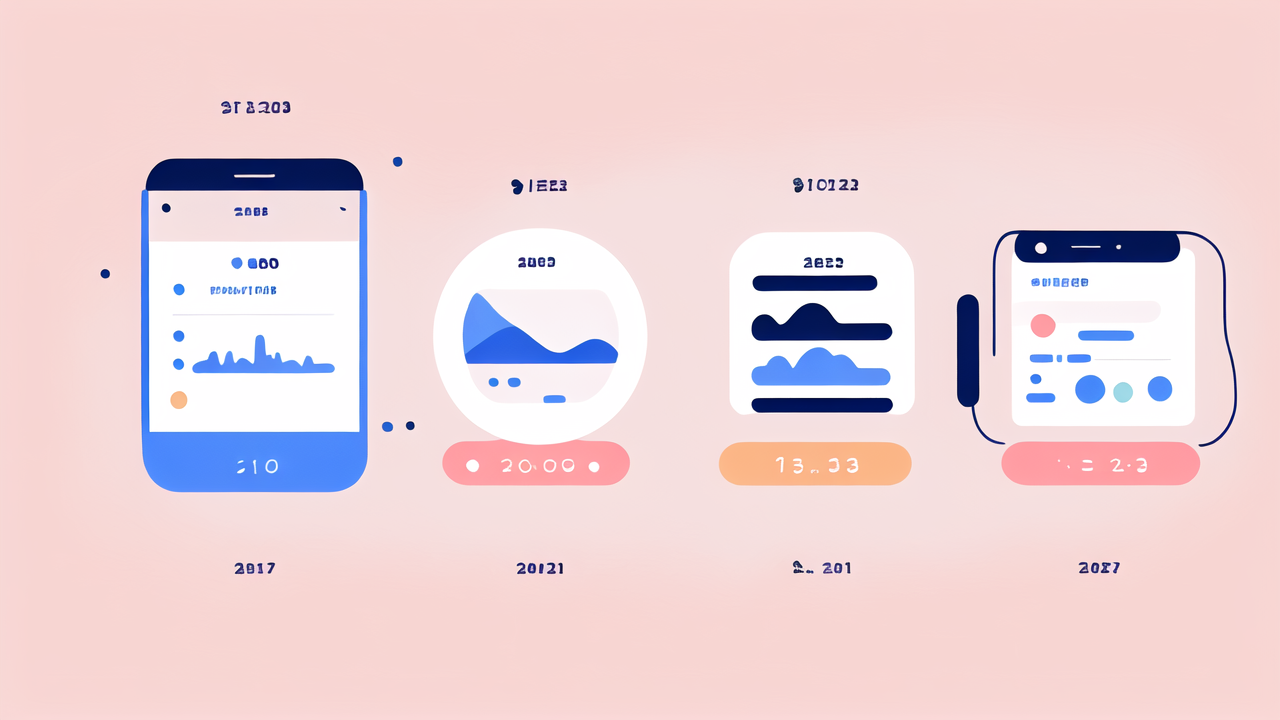Understanding the Shift in Consumer Fitness Regimes
The Evolution of Fitness Tracking Devices
Fitness tracking has come a long way from simple pedometers. Today's devices are smart, sleek, and packed with features. They started as basic step counters but quickly evolved. Now, they monitor heart rate, sleep patterns, and more.

Early trackers were bulky and limited. They only counted steps and estimated calories burned. Modern wearables are lightweight and multifunctional. They can track various activities, from running to swimming.
The shift to smartwatches marked a significant change. These devices combined fitness tracking with smartphone features. This made them more appealing to a wider audience. The result? A boom in the wearable tech market.
The Role of Wearables in Modern Health Management
Wearables have become essential tools for health management. They provide real-time data on various health metrics. This allows users to make informed decisions about their well-being.
These devices encourage users to be more active. They set reminders to move and celebrate achievements. This gamification of fitness has made exercise more engaging for many.
Wearables also play a crucial role in preventive healthcare. They can detect irregularities in heart rhythm or sleep patterns. This early warning system can prompt users to seek medical advice when needed.
Data-Driven Fitness Trends in the United States
The U.S. has seen a surge in data-driven fitness trends. Wearables are at the forefront of this movement. They provide users with a wealth of personal health data.
Many Americans now rely on their devices to guide their fitness routines. They use data to set goals, track progress, and adjust their habits. This has led to more personalized fitness plans.
The popularity of fitness challenges and social sharing has grown. Users can compete with friends or join global challenges. This social aspect has made fitness more communal and motivating.
Key Technologies Driving the Fitness Wearable Industry
The Integration of AI and Machine Learning
AI and machine learning are revolutionizing fitness wearables. These technologies analyze user data to provide personalized insights. They can predict trends and offer tailored advice.

Machine learning algorithms can detect patterns in user behavior. This allows devices to give more accurate recommendations. For example, they can suggest the best times for workouts based on past activity.
AI-powered virtual coaches are becoming more common. They can guide users through workouts and adjust plans based on progress. This brings personal training to a wider audience.
Innovations in Sensor Technology and Accuracy
Sensor technology in wearables has improved dramatically. Modern devices use advanced sensors for more accurate measurements. This includes heart rate monitors, accelerometers, and GPS.
Optical heart rate sensors have become more precise. They can now track heart rate variability, a key indicator of stress and recovery. Some devices even offer ECG capabilities for more detailed heart monitoring.
New sensors can measure metrics like blood oxygen levels and skin temperature. This provides a more comprehensive view of overall health. The accuracy of these sensors is constantly improving.
Impact of Bluetooth and Connectivity on Fitness Wearables
Bluetooth technology has been crucial for fitness wearables. It allows devices to sync data with smartphones seamlessly. This real-time data transfer enhances the user experience.
Improved connectivity has enabled new features. Users can now receive notifications and control music from their wearables. This integration with smartphones has made wearables more versatile.
The rise of IoT has expanded the possibilities for fitness tracking. Wearables can now connect to other smart devices. This creates a more connected fitness ecosystem.
Navigating the Fitness Wearable Market: Challenges and Opportunities
Ethical Considerations in Consumer Fitness Data
The collection of personal health data raises ethical concerns. Privacy is a major issue as wearables gather sensitive information. Companies must ensure this data is protected and used responsibly.

There are questions about data ownership and sharing. Users should have control over their information. Clear policies on data use and sharing are essential.
The potential for misuse of health data is a concern. Insurance companies or employers might use this data unfairly. Regulations are needed to protect consumers' rights and privacy.
Market Analysis: Competition and Niche Differentiation
The fitness wearable market is highly competitive. Major tech companies and startups vie for market share. This competition drives innovation and lowers prices for consumers.
Differentiation is key in this crowded market. Some brands focus on specific sports or activities. Others target health conditions or age groups. This niche approach helps companies stand out.
Price points vary widely in the wearable market. There are options from budget-friendly to high-end luxury devices. This range caters to different consumer segments and preferences.
Future Prospects: What's Next for Health Monitors?
The future of health monitors looks promising. We can expect even more advanced sensors and features. These might include non-invasive blood glucose monitoring or hydration tracking.
Integration with healthcare systems is likely to increase. Wearables could play a bigger role in telemedicine and remote patient monitoring. This could revolutionize healthcare delivery.
Personalization will continue to be a key trend. AI will provide even more tailored health insights and recommendations. The line between fitness tracker and personal health assistant will blur.




Leave a comment
This site is protected by hCaptcha and the hCaptcha Privacy Policy and Terms of Service apply.